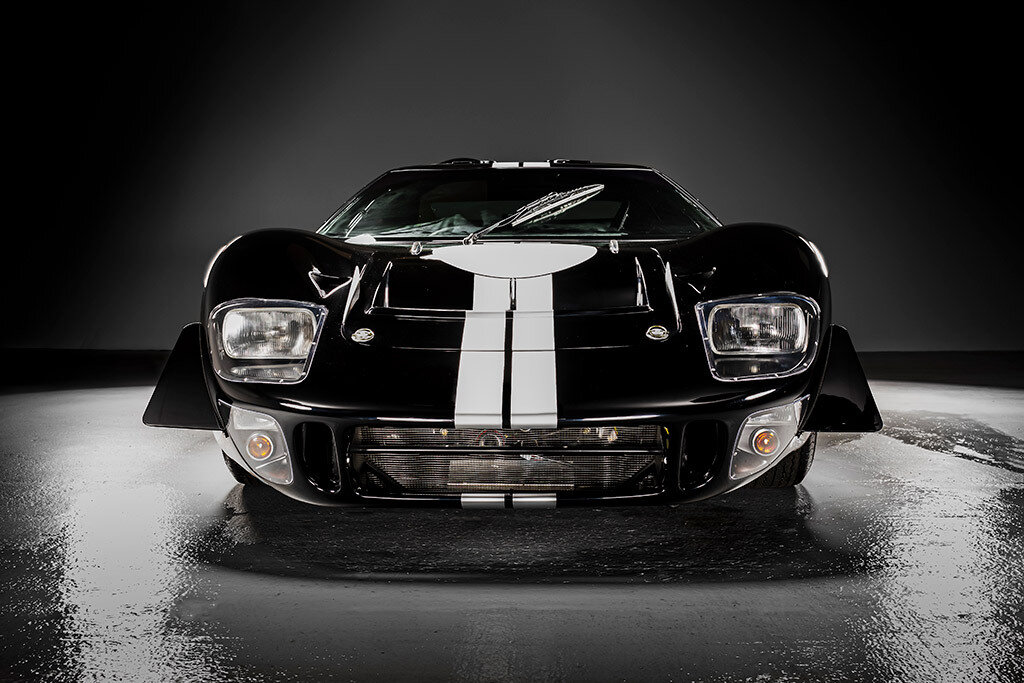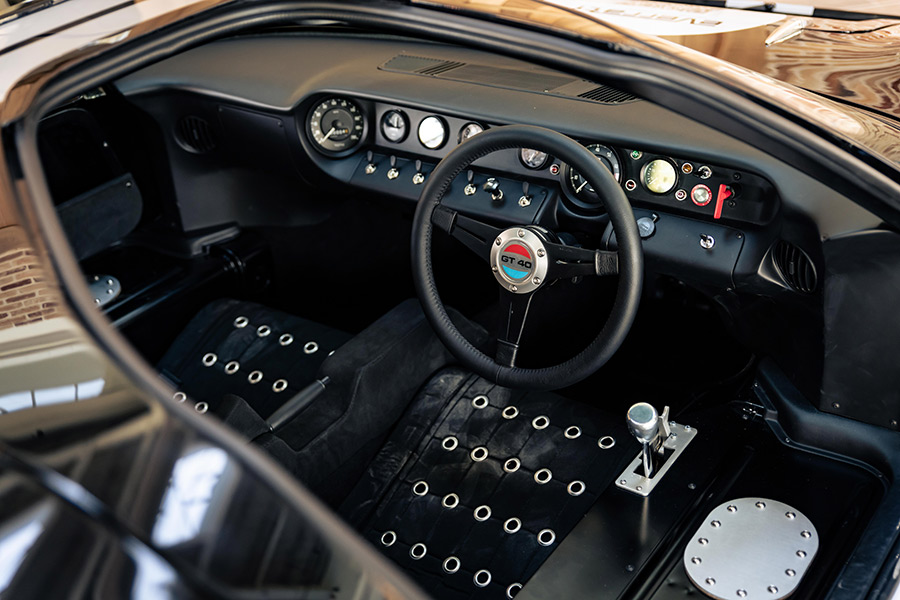
Electrifying Classic Cars
With the ongoing push towards vehicle electrification, specialist converters are replacing combustion engines with those driven by electric.
Environmental pressures are driving an unprecedented innovation in automotive technology. In the near future our roads will commonly feature self-driving cars, driven by artificial intelligence, and electrically powered vehicles with extra features that motoring enthusiasts could only dream of just a few years ago.
So where does this leave the much-loved classic car?
Vintage cars are part of the motoring industry’s DNA. Classic car enthusiasts are passionate about their lovingly restored vehicles, with the unique look and style of an Aston Martin DB6 or Jaguar E-Type bringing a unique individuality to the car. How do we protect that motoring legacy in an age of reducing emissions and eliminating combustion engines?
Everrati GT40 conversion
Since 2017, the car industry has seen many classic cars being converted to electric, whilst keeping the authentic style and romance. Motoring enthusiasts can experience enhanced responsiveness, lightning acceleration, whilst being environmentally-friendly without losing the essence of the classic car. This move towards electrifying classic cars was very prominent at Prince Harry and Meghan Markle’s wedding in 2018 where the couple showed off the converted Jaguar E-type Concept Zero. This £350,000 masterpiece was originally manufactured in 1968 and is now fitted with a 220kW engine and accelerates from 0 to 100 kph in just 5.5 seconds.
Also, at the recent Commonwealth Games in Birmingham, HRH King Charles and Camilla, Queen Consort, arrived in a converted Aston Martin DB6. The King originally purchased the DB6 in 1970 and later converted it to run on biofuels, using ethanol created from cheese-making whey and wine unfit for human consumption.
Just like any restoration or modification, any conversion is not cheap. Conversion prices range depending on the car and the desired specification. To minimise costs, some motoring enthusiasts have done their own conversions, although this can prove to be challenging.
Everrati Porsche 911 conversion
There is now a growing industry dedicated to electric classic car conversions including London Electric Cars, Lunaz, RBW Electric Classic Cars, Electrogenic and Everrati.
Once converted there are many financial benefits apart from simply being environmentally-friendly. There are savings on road tax, congestion charges, and an end to the exposure to volatile petrol and diesel prices.
Some classic to electric car conversions are proving more popular than others. The elegance of the Mercedes-Benz 280SL ‘Pagoda’ and the 1970 Aston Martin DB6 Vantage Volante suit the tranquillity and relaxed feeling of the electric motor. Whilst the Porsche 911 and the 1966 Dodge Charger revel in having an engine that has breath-taking acceleration. Smaller cars, such as the classic Mini Cooper, appear perfectly suited for electrification.
Even with electrification, classic car enthusiasts want to maintain the look of the original car. This especially applies to the dashboard and gauges and CAI has already worked with many classic car converters, including Everrati with the design and build of SMITHS gauges for their new electric conversions of the Porsche 911, Land Rover Series IIA, and GT40. The CAI engineering team use the original SMITHS drawings to maintain the appearance of the original gauges, whilst introducing the latest digital technology.

The demand for classic looking SMITHS gauges for electrified classic cars continues to grow, driving a whole new generation of instrumentation. The only question is what classic car will be the next much-desired electric conversion?
For more details, please contact us via:
Email: [email protected]
Phone: +44 1639 732200
All photographs provided by Everrati™